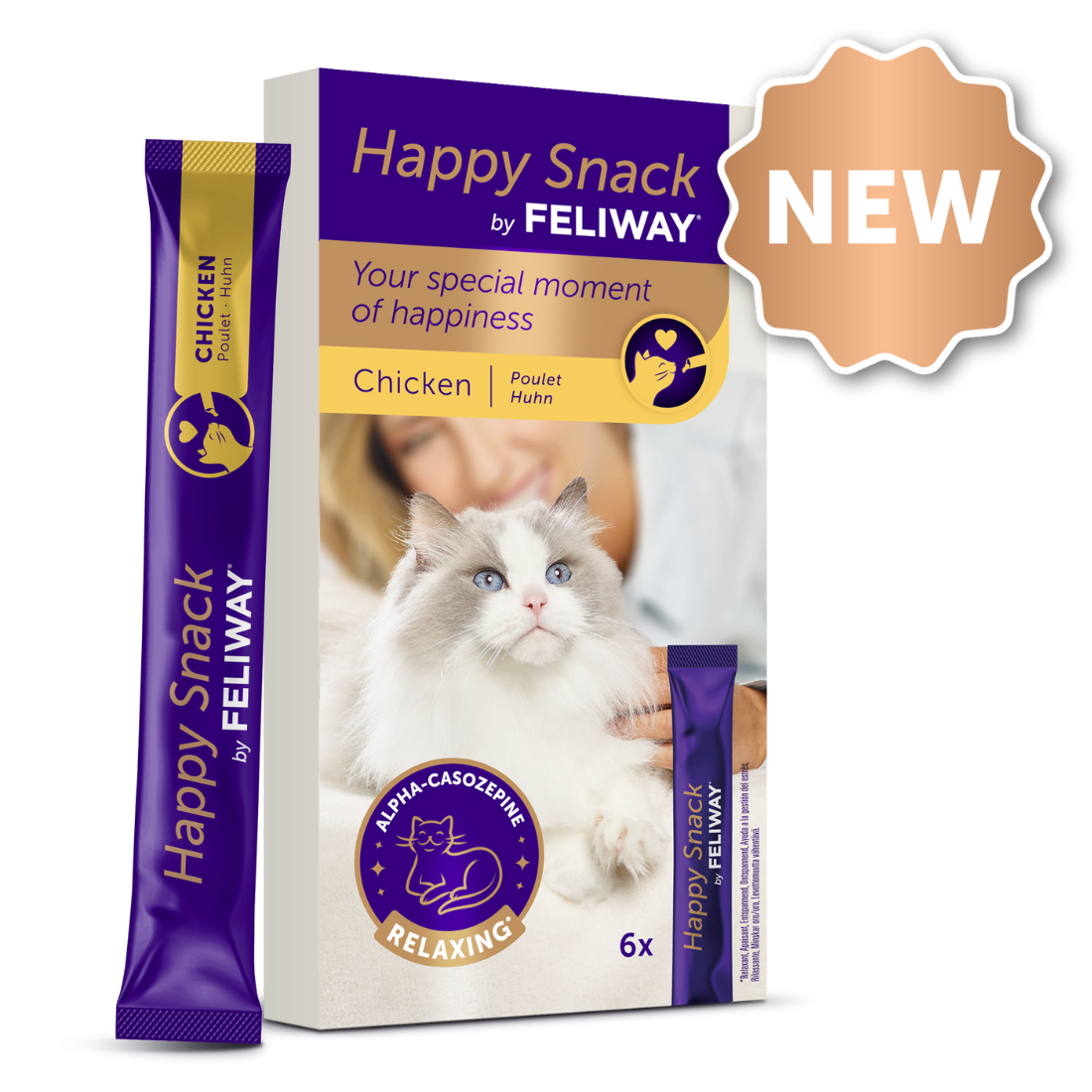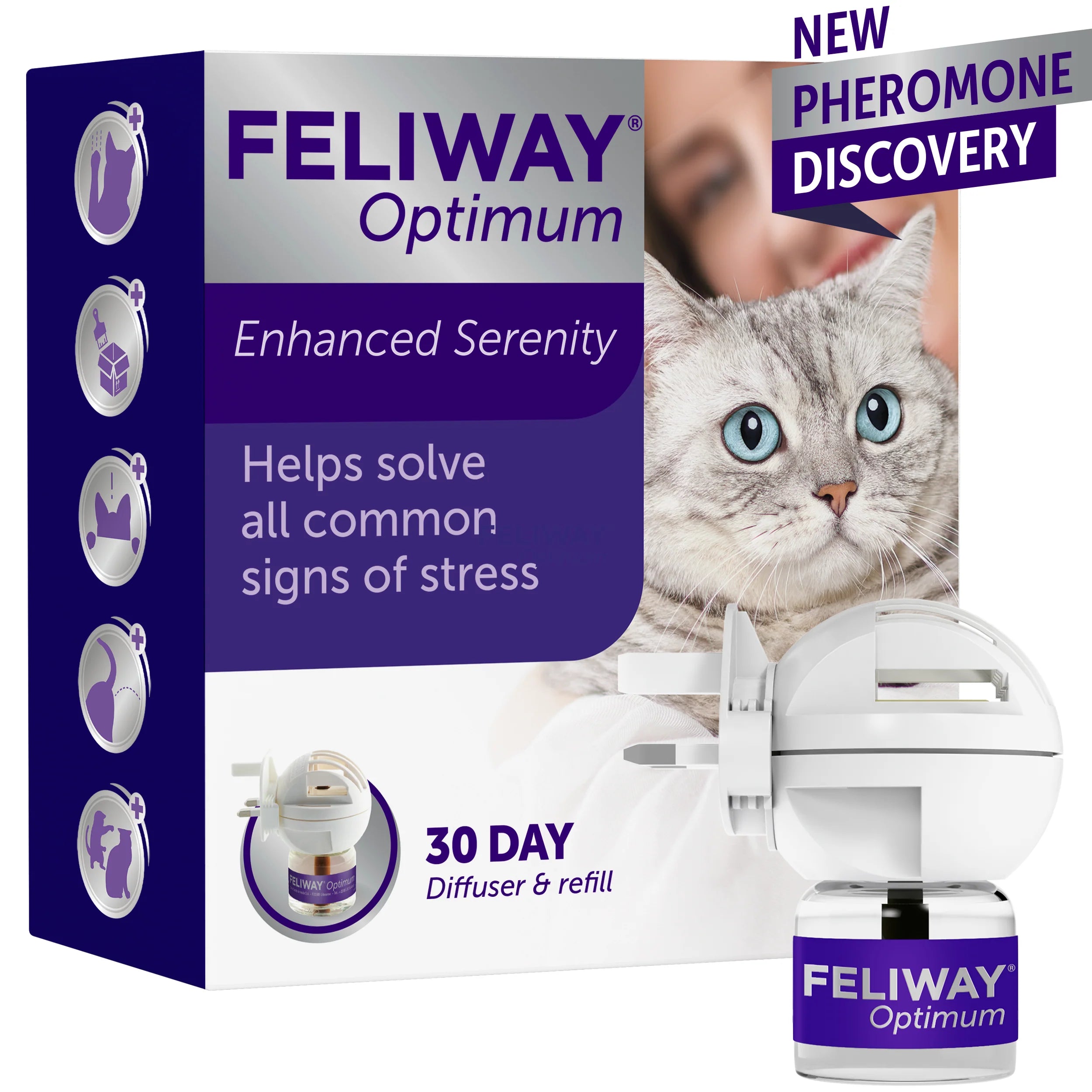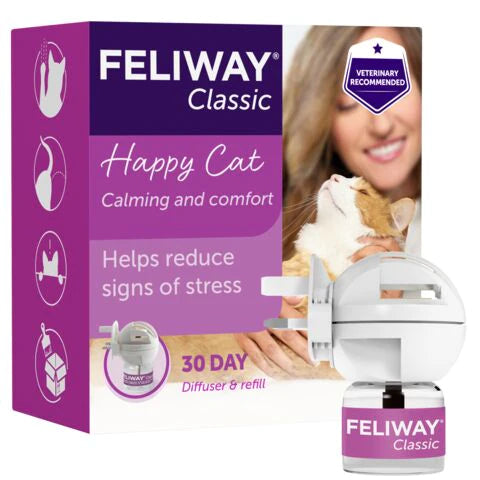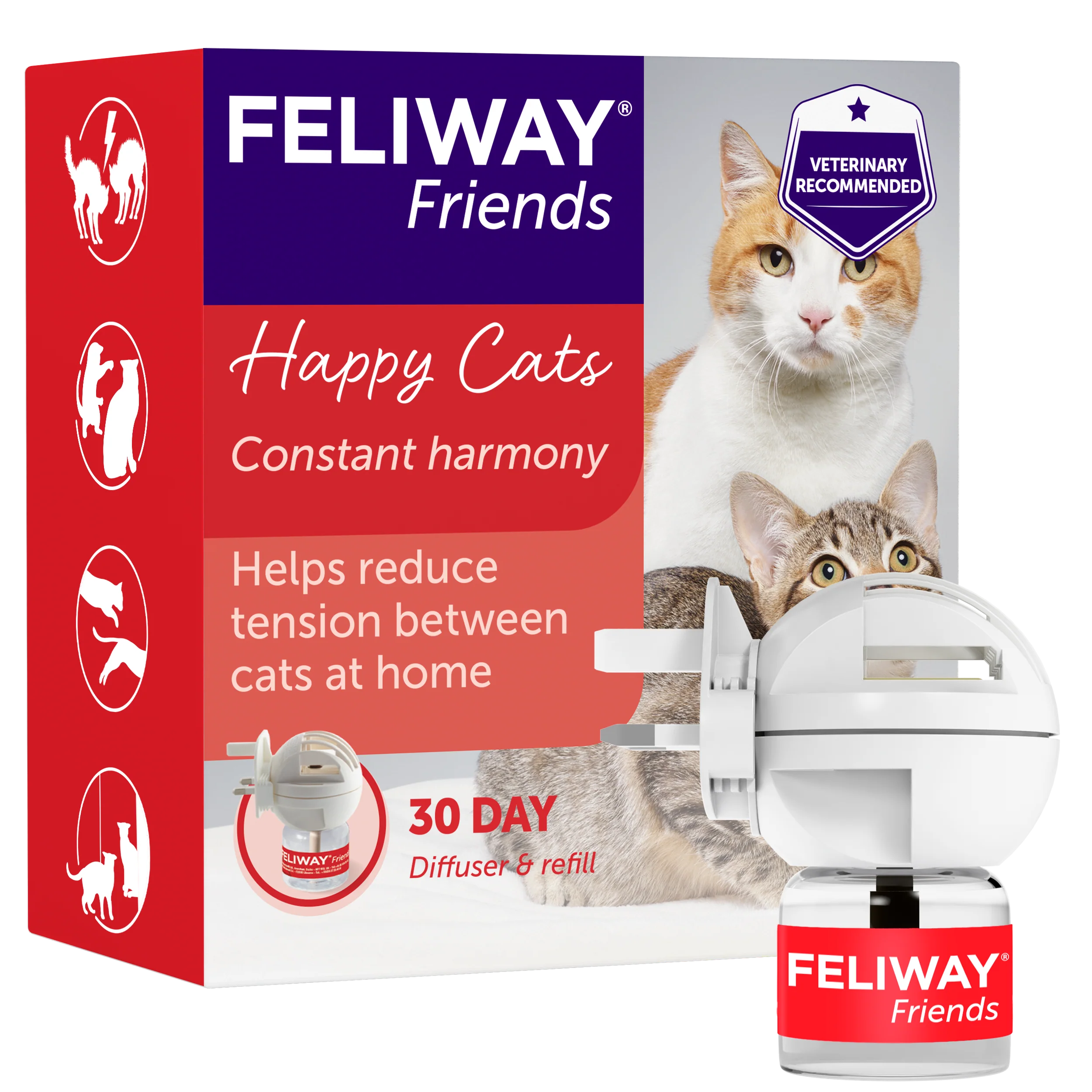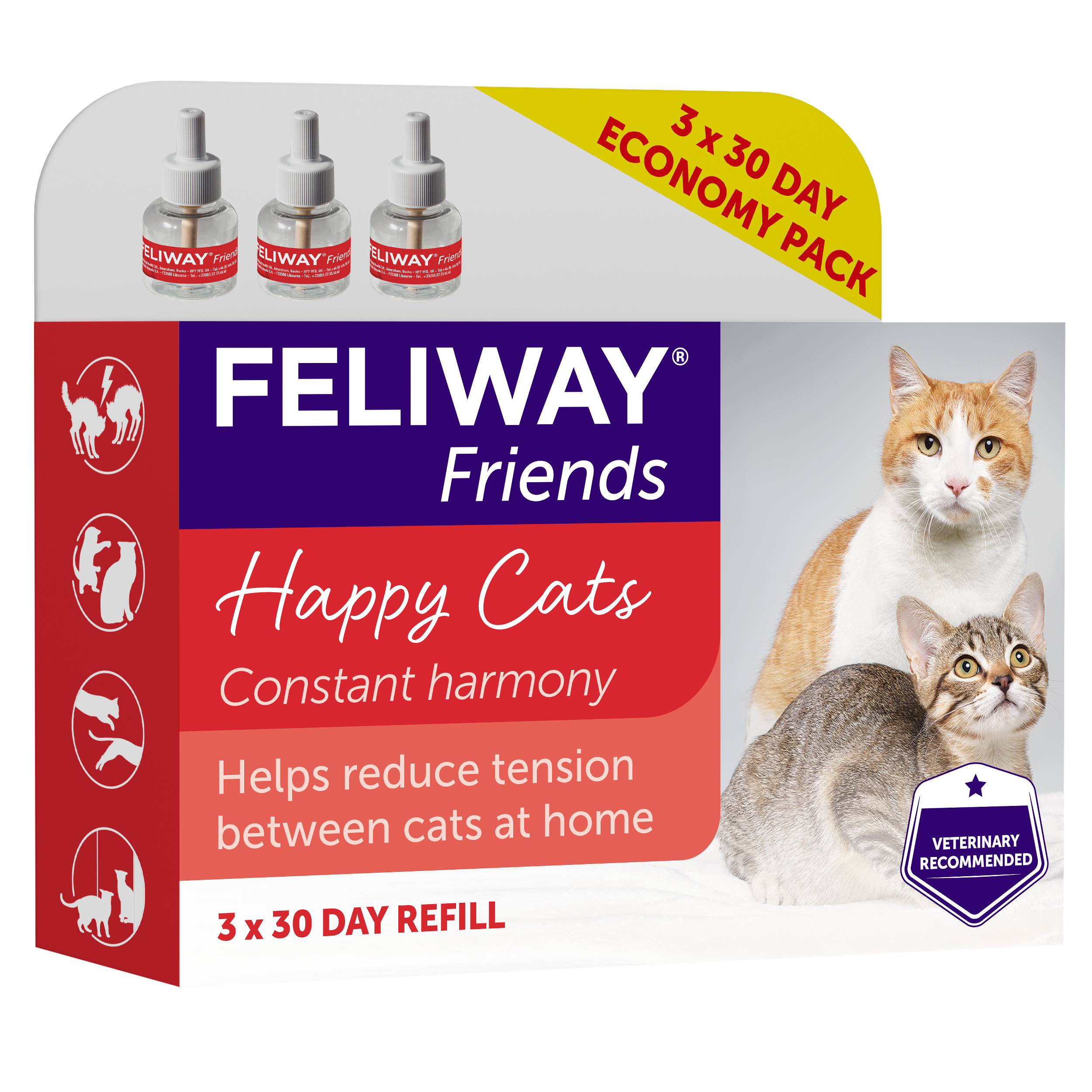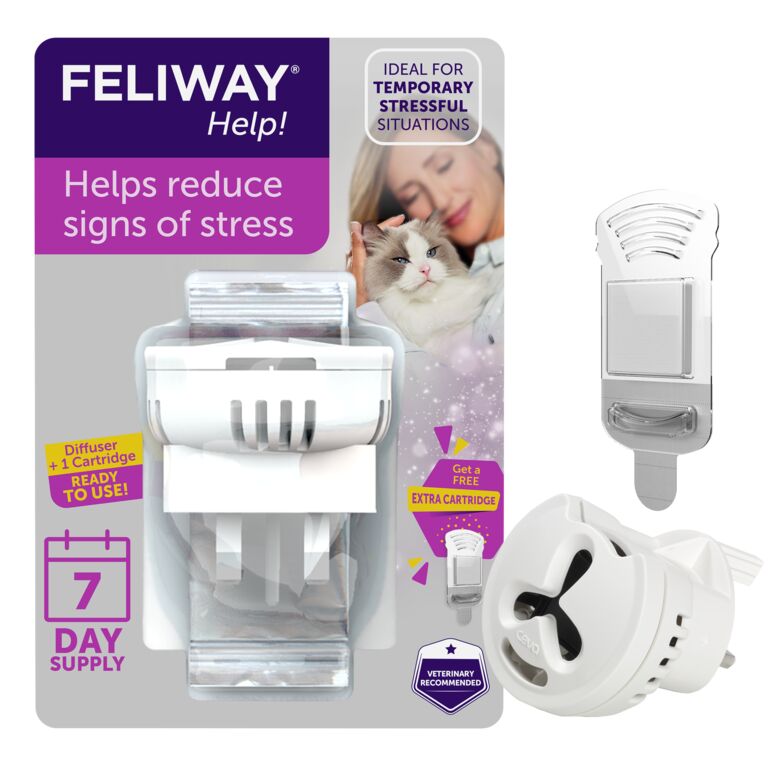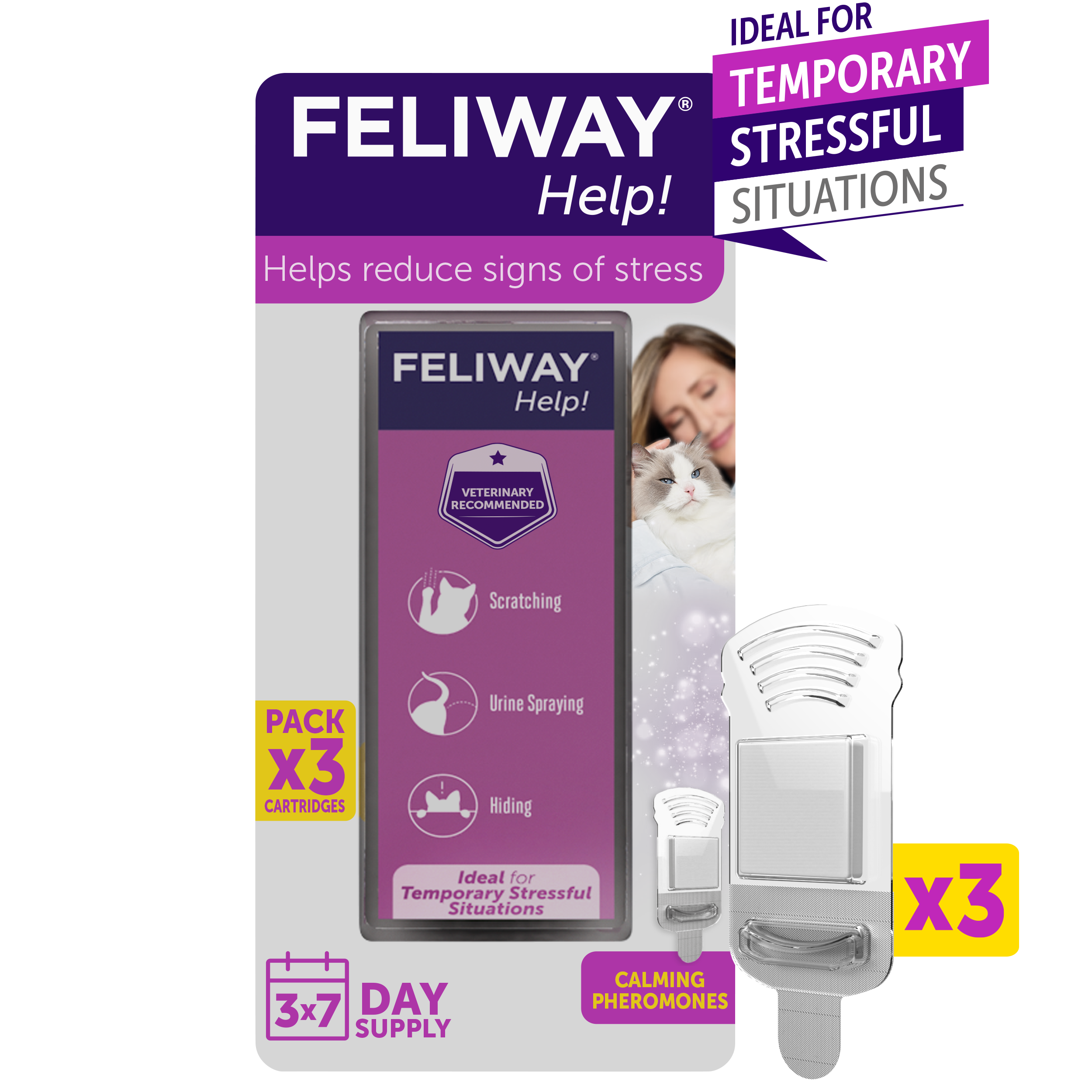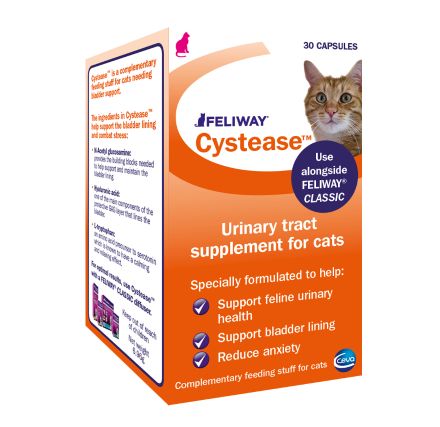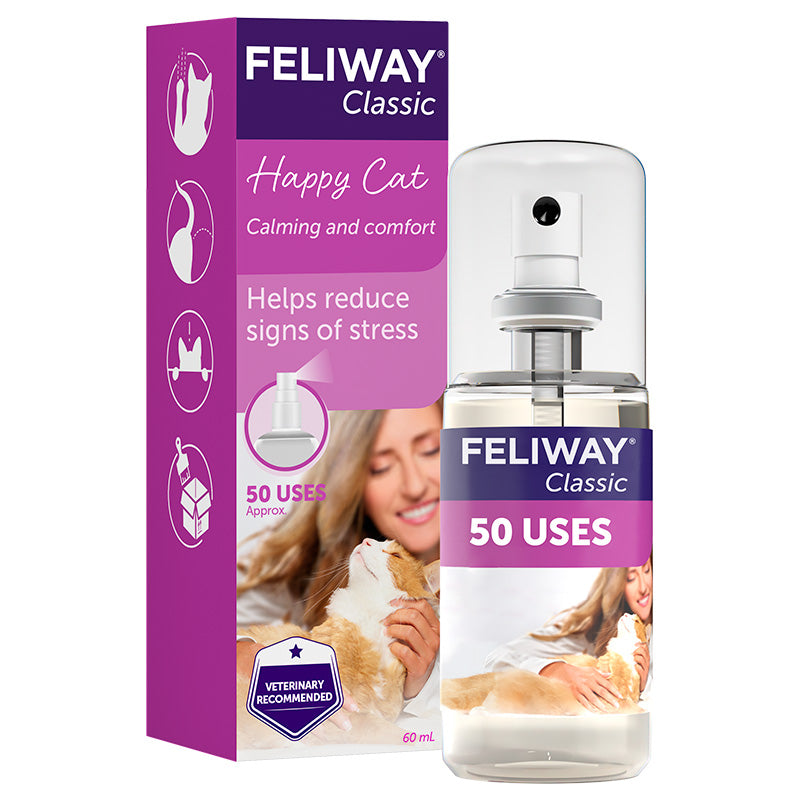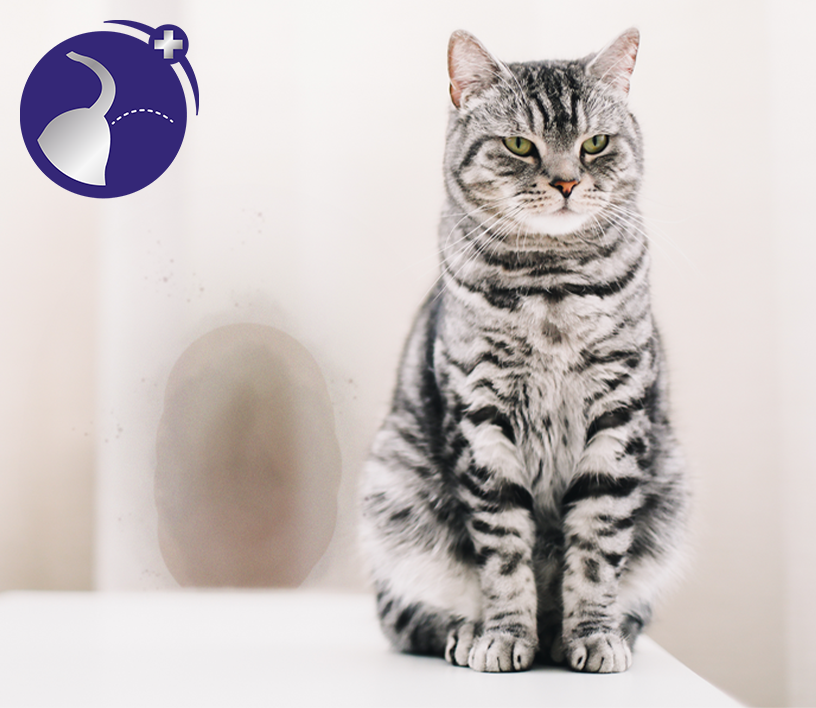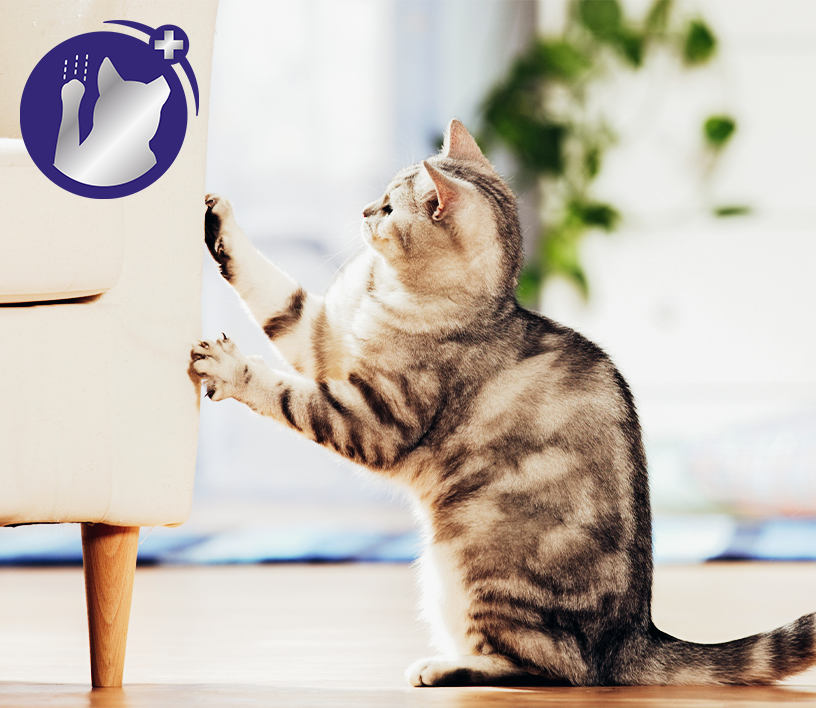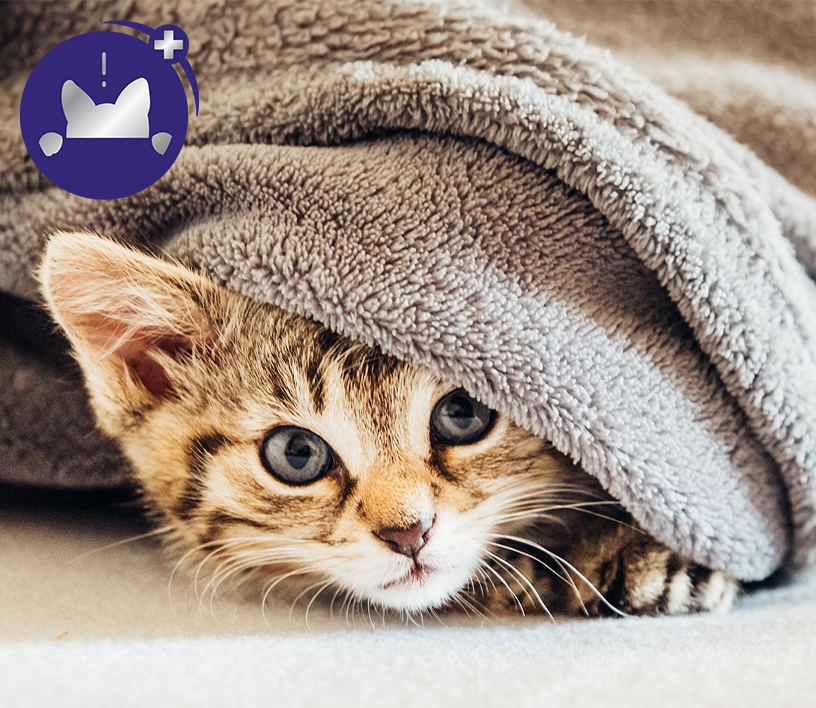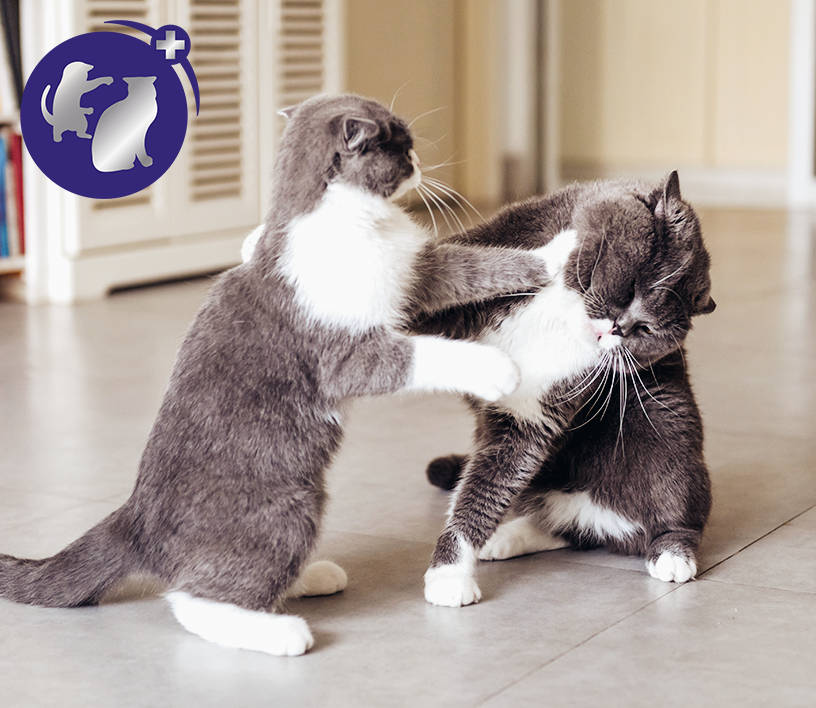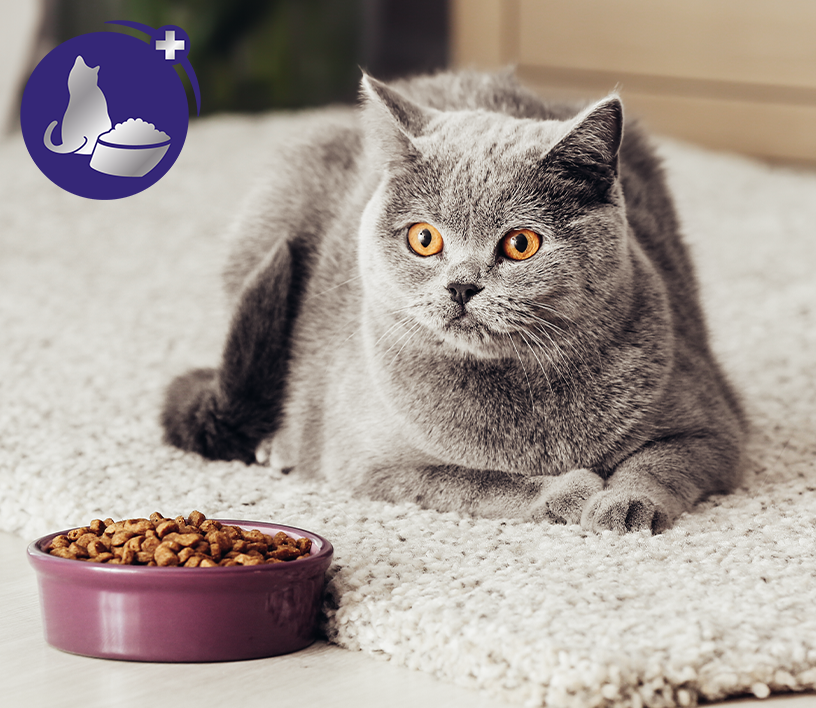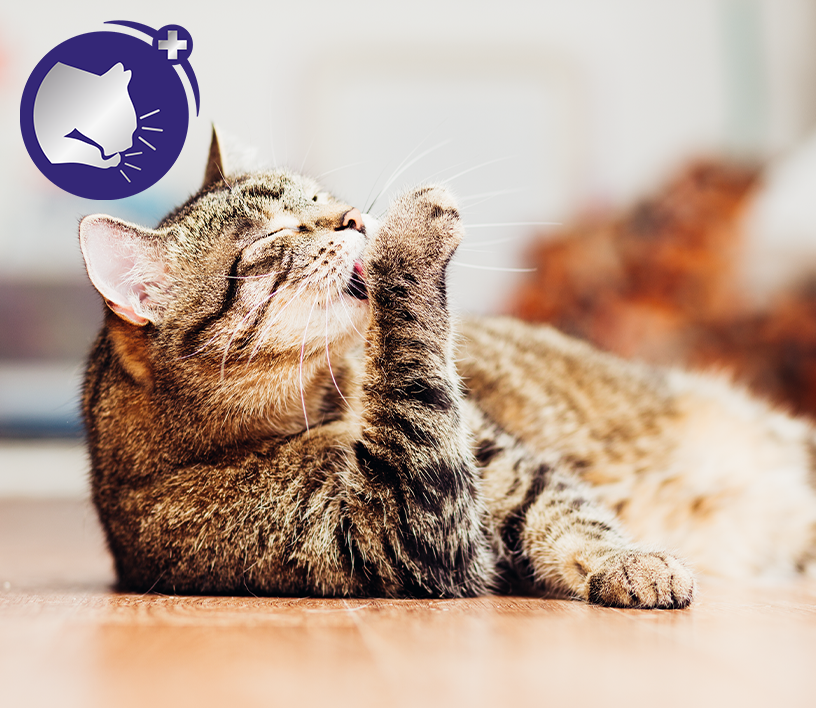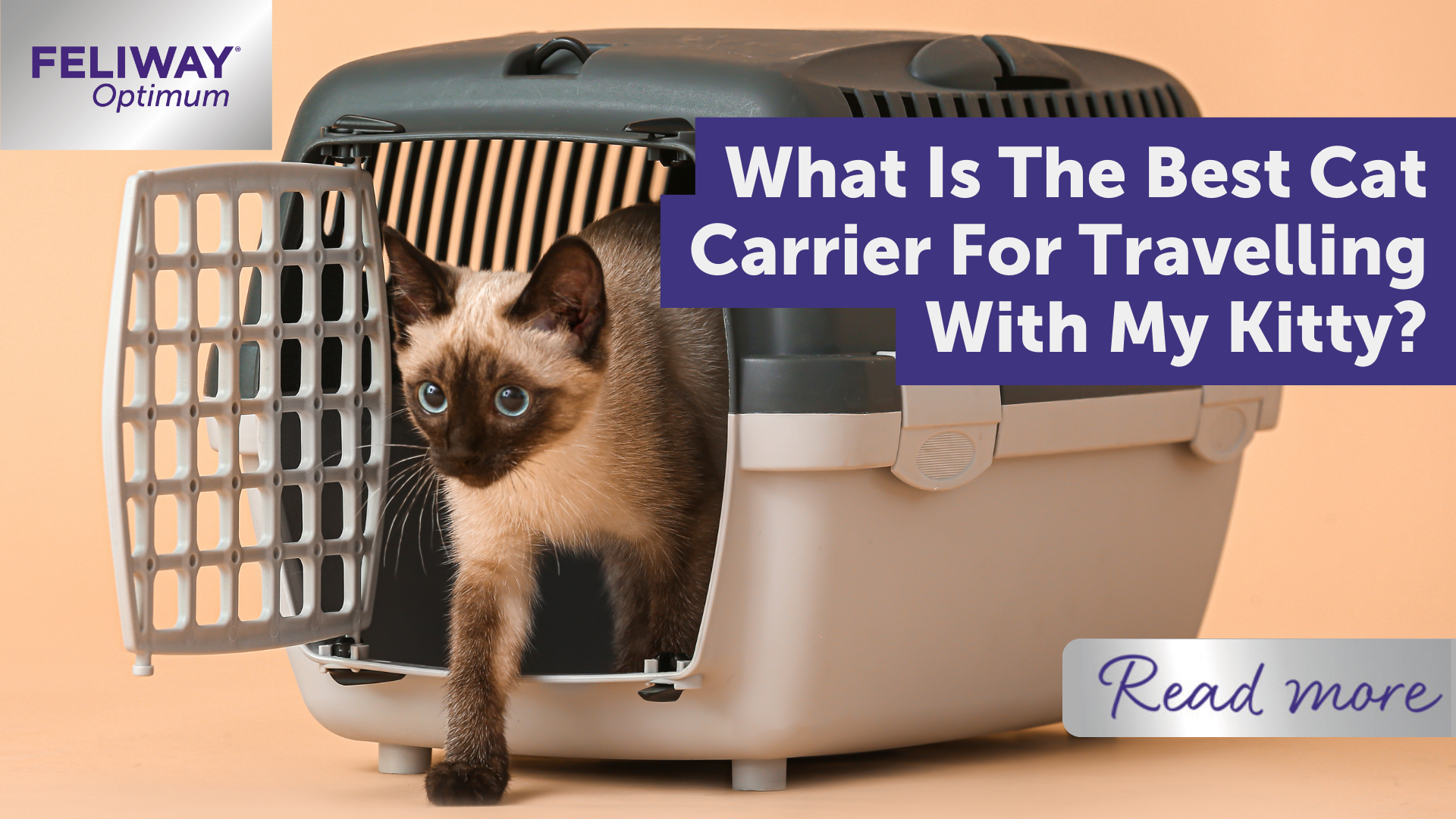
What Is The Best Cat Carrier For Travelling With My Kitty?
What specific kitty items do you have in your house?
You probably already have beds, food, litter trays, scratching posts and toys for your cat - but do you have the right kitty carrier for when you need to travel with your pet - such as taking your cat to the vet?
Kitties often have a bad reputation when it comes to their carriers - and you may be dreading the day you have to encourage your fluffy friend inside one! But, there are ways to encourage your kitty to accept and welcome their carrier- and a big part of that is choosing the right carrier, and helping your pet to feel like a carrier is an extension of their home and not just there for travel!.
There are a number of factors to consider when choosing a carrier. The tips below will help you choose the best option for your pet.
Tips to Choose the Best Kitty Travel Carrier
1. Choose A Spacious Carrier
Although you don't want a carrier that will allow your kitty to jump around and injure themselves if they get anxious, you also don't want one that will make them feel restricted.
Make sure the carrier you choose is safe and sturdy, and allows your kitty to stand up and move around to make themselves comfortable. It's important that there's plenty of airflow, so choose one with large holes which allows them to breathe easily (particularly if it's a hot day).
2. Remember, Access Is Important
Choose a carrier that is easily accessible for both you and your cat! A top-opening carrier will allow you to lift your kitty in and out carefully, without having to drag them out or push them in through a small front entrance.
A good size opening will also allow your pet to get in and out on their own - which is a good thing to encourage! If they associate the carrier as their space, it will be less stressful when you close it up to transport them. A nice tip is to regularly put a treat inside the carrier to encourage them to go in on their own - even if you are not going to travel anywhere just yet. This way your furry friend will have a good association with the carrier.
Of course, some cats are amazing escape artists! If your kitty has some Houdini traits, check that the door can be closed quickly to deter them from escaping! It's very difficult to catch a cat once they are on the run - chasing them will only make them anxious, and the experience will make your pet more nervous when they are put back in.
Lastly, from a human's point of view, easy access is also important so that you can clean the carrier easily!
3. Keep Kitty Safety In Mind At All Times
As well as being accessible and comfortable, the carrier must always be safe. Make sure you choose a sturdy carrier, and that the bottom is hard and protected (you can put comfy blankets in the bottom to make your kitty feel at home). The larger your cat, of course, the sturdier the carrier should be.
You also need the carrier to be as safe as possible when travelling in a car, so always check that it is strapped in and will not topple over if you have to stop suddenly.
4. Choose A Carrier With Handles To Stop Motion Sickness!
If you are using a carrier to hand-carry your kitty around from place to place, it's best to choose a carrier with handles on either side (rather than one handle on top). This will stop the swaying effect and help prevent kitty motion sickness.
To prevent kitty motion sickness when travelling in a car, make sure the carrier is on a firm surface, (for example on the floor of the car) and is strapped in. This will stop any excess swaying and movement that might make your kitty feel poorly.
Remember also to keep the car cool and quiet. Although food should be avoided hours before a journey, if you are travelling on an extra long journey, make sure there's plenty of water and a few dry biscuits available for your cat - and that you are well prepared for any kitty 'accidents'.
5. Try Blocking Out Windows For Calmer Kitties
Although cats are inquisitive animals, it is sometimes wise that they cannot see everything around them when travelling. We know that they like chasing moving objects, but if they are able to see lots of trees and cars passing by the car window, they may become stressed as they cannot get out - and may also experience motion sickness.
If your carrier has lots of open spaces, it often helps to place a light cover over the top (such as a blanket) while you are driving. This will help block out the view of any moving trees and help your kitty relax - perhaps even doze off!
6. Familiarise Your Kitty First!
Once you have selected the right carrier for travelling with your kitty, don't expect that they will just jump in and settle down! It's important to familiarise them first, ideally a few days before you travel. An even better tip is to leave the carrier in your pet's favourite space all the time so that they get used to it.
Be sure to leave it available, with the door wide open so your cat can explore it at their own pace. Add some comfy bedding and toys, entice them in with some treats and allow them to go in and out as they want. You never know, they might just adopt it as one of their comfy retreats so that when you come to travel, help them relax.
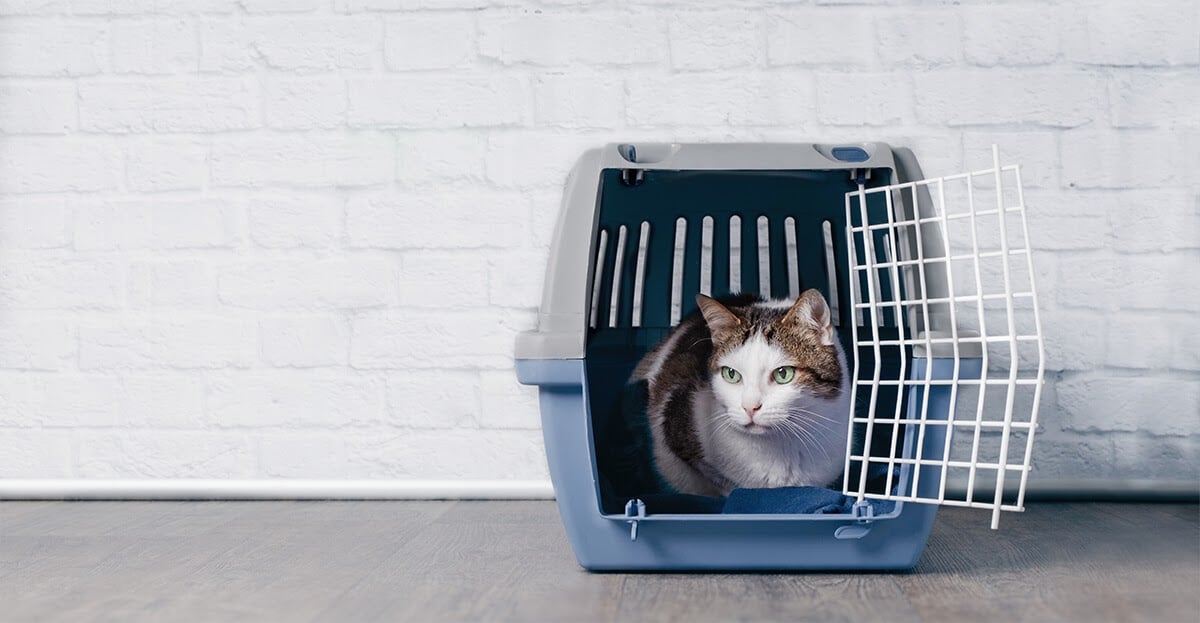
7. Use cat calming solutions from FELIWAY
Sometimes your kitty may need a little extra help to relax and adjust! Using FELIWAY CLASSIC Spray in their carrier and on bedding will do the trick! Simply spray the inside of your cat carrier on the top, bottom and each corner at least 15 minutes before travelling and before introduction to the cat, this will provide a calming, happier environment that will reassure your cat whilst travelling.
FELIWAY CLASSIC Spray releases happy messages into your cat's environment. On longer journeys, or if your kitty needs comforting for more than 5 hours, re-spray the carrier, blankets or bedding, ensuring your cat doesn't come into contact before 15 minutes.






